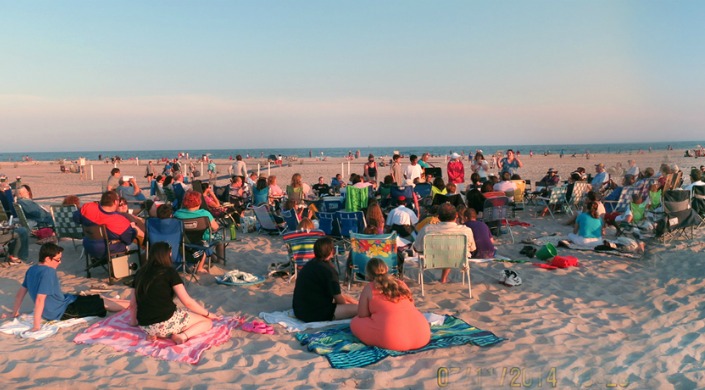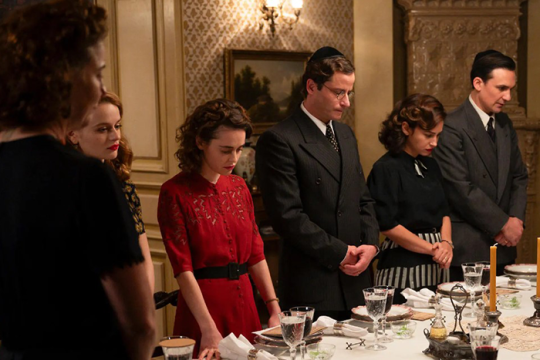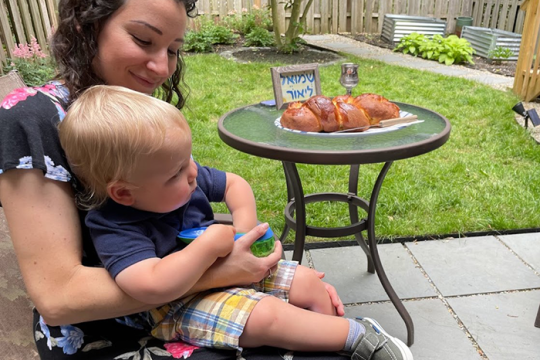
There was a time when attending Shabbat services meant dressing up: suits and ties for men, dresses for women. In those days, my pre-teen son sometimes wore a bow-tie, and my daughter relished wearing dresses whose skirts twirled as she spun around. Those who were going to be on the bimah (pulpit) during the service received a postcard in the mail reminding them of appropriate dress for the occasion. The dress code slackened during the summer – but only a bit.
In that era, the great debate centered on how to handle congregants who dressed as though “casual Friday” extended to Shabbat worship. Aside from reminding families – including b’nai mitzvah families – about what was considered appropriate dress for the sanctuary, congregational leadership could do little else to enforce a dress code. At one point, my congregation considered following the lead of fancy restaurants by keeping a stash of ugly ties on hand for forgetful congregants, but ultimately, we decided against implementing such a practice.
Recently, though, I’ve noticed that “casual Friday” does extend to Shabbat worship. The change didn’t happen overnight, but gradually, over time, there was a shift from suits and ties to polo shirts and khakis for men and from dresses and skirts to more casual blouses and pants for women. Although some people still grumble about the change, the conversations aren’t as loud or as frequent, and even among our lay leaders, there seems to be less discussion on this topic.
I’ve noticed a few other things, too, and I wonder if they’re related to the more casual dress.
I’ve noticed an increase in Shabbat attendance by families, especially those that include pre-b’nai mitzvah children. On a recent Friday evening, I took a look at one of one of these kids. Although he was dressed in a brightly colored T-shirt, he also was wearing a kippah (head covering) and was reading and participating intentionally in the service. While visiting at another synagogue in the area, I saw a number of young boys in polo shirts, and girls in equally casual outfits. Nonetheless, these Jewish youth were fully engaged and well-behaved, both in the service and at the oneg Shabbat (literally “joy of Shabbat,” social gathering that follows worship services).
These observations got me thinking: If synagogues want to actively engage members in worship and other activities, is there any real harm in allowing them to dress comfortably for temple events?
Here’s a case in point: Several times each summer, my temple holds service on the beach. Shorts, tees, and sleeveless dresses are the norm for these events, yet we recite the same prayers at the beach as we do in the sanctuary – and, I believe, God listens just as intently. In fact, I think our prayers take on new meaning precisely because we are surrounded by the sand and the water, the stars and the heavens. As we pray, watching the sun set, I doubt God is looking down upon us and saying, “Oy, such a shanda (shame). Look how they are dressed!” Rather, I like to think that God appreciates seeing 200 Jewish people gathered to pray – whether on the beach or in the sanctuary – and doesn’t really care that we left our “good” clothes at home. Indeed, I believe that regardless of what we wear or where we pray, the warmth of the Shabbat candles connects us to our day of rest, and our blessings over wine and challah still demonstrate our gratitude.
Most of all, I believe that no matter what we wear or where we pray, God hears our prayers.
Related Posts

“We Were the Lucky Ones:” Bringing The Holocaust Out of History Books and Into Our Homes

Harnessing the Power of our Mothers Around the Seder Table


